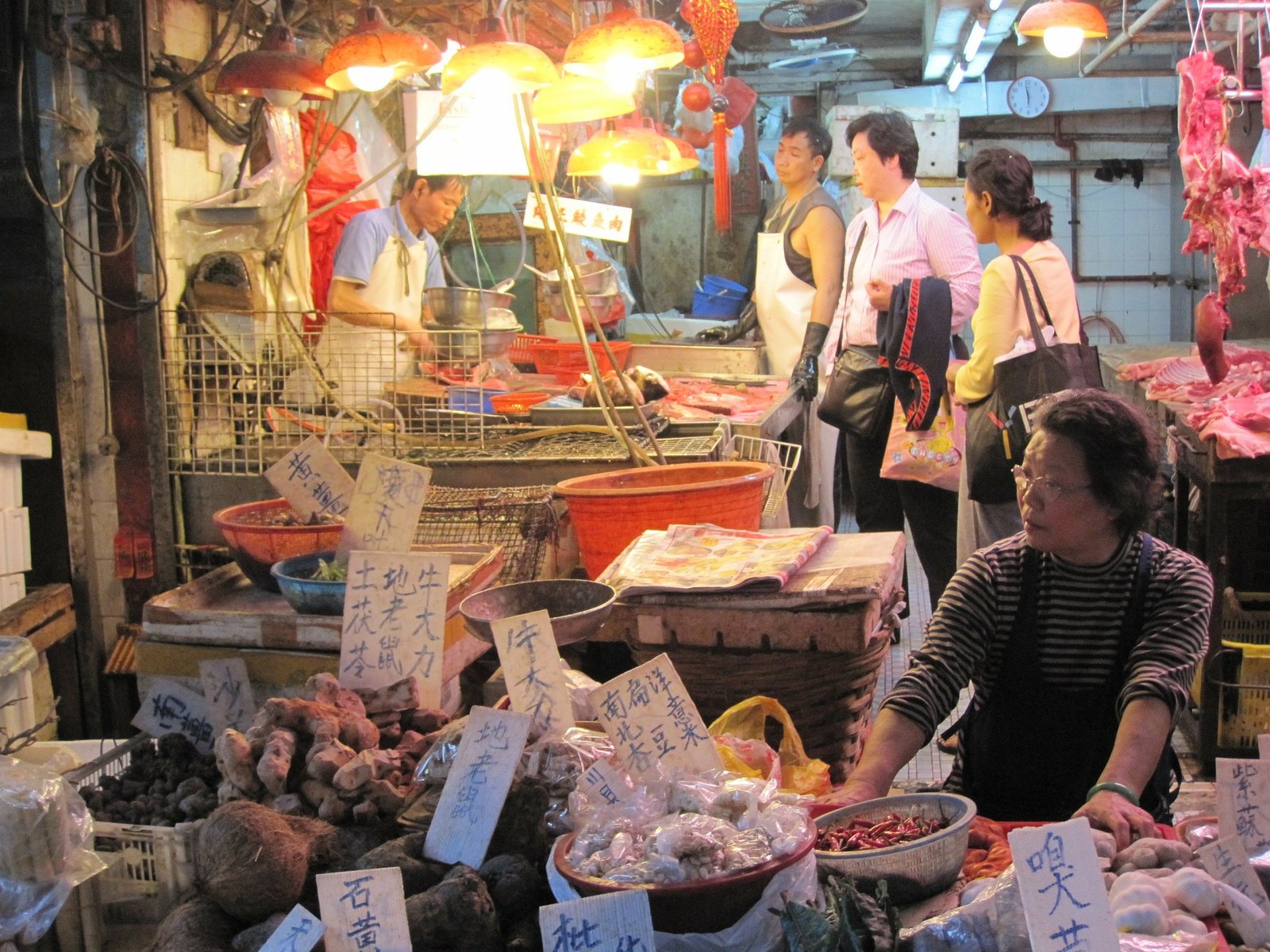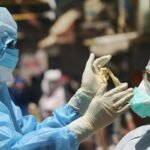The World Health Organization expert mission to China finished this week without finding the evidence of the coronavirus that has killed over 2.3 million worldwide.
But it was agreed by the team of foreign experts that the virus likely jumped from bats to an unknown animal species, before being transmitted to humans.
It also noted that it was “extremely unlikely” that the virus came from a high-security lab in the central city of Wuhan, appearing to repeal a number of theories linking the city’s virology institute to the outbreak.
Huge global pressure and scrutiny followed the team during its investigation in China, which mission member Peter Daszak described as working “flat out under the most politically charged environment possible.”
After a mission that lasted nearly a month, here are five things we still don’t know about the virus’ origin:
Experts said the animal source tests were done on tens of thousands of samples from wild, farmed and domestic animals across China but none of them contained the SARS-CoV-2 virus that causes Covid-19.
However, Dutch virologist and WHO team member Marion Koopmans said that species more susceptible to the virus — including bamboo rats, badgers and rabbits — were sold at Wuhan’s Huanan market, the site of an early virus cluster, and could be an entry point for trace-back investigations.
British zoologist Daszak also noted after the briefing that new bat viruses discovered in Thailand and Cambodia, “shifts our focus to Southeast Asia”.
He told reporters, “I think one day we’ll find that (reservoir), it might take some time… but it will be out there without a doubt.”
Amid accusations that Beijing downplayed the initial severity of the outbreak in Wuhan in late 2019, according to a raw data Concern has been expressed about the scientists’ access to data in China.
Danish epidemiologist and team member Thea Kolsen Fischer said after the briefing that the WHO team were not given raw data, but instead relied on earlier analysis by Chinese scientists.
She said, in most cases, it would be usual for outsiders to get access to “aggregated data”.
WHO team members said they were granted full access to the sites and individuals they requested to visit.
Cold chain transmission Beijing has repeatedly floated the theory that the virus was brought to China through packaging on cold chain products like imported frozen seafood, linking these to recent domestic outbreaks.
WHO emergencies chief Mike Ryan had previously said that there is “no evidence that food or the food chain is participating in transmission”.
But to give some weight to the theory the WHO mission appeared in China.
Liang Wannian, the head of the Chinese side of the mission, noted that the virus can travel long distances on the surface of cold chain products, and environmental samples from Huanan market — which sold frozen wild animals and seafood — showed “widespread contamination” of the virus.
But WHO team lead Peter Ben Embarek warned that it is still uncertain whether the virus can transmit to humans from contaminated cold chain surfaces.
Origin outside China?
Beijing has repeatedly called for the WHO to launch an origin tracing mission in the US, and foreign ministry officials have drawn attention to conspiracy theories about virus leaks from an American military germ research lab.
Eager to deflect international criticism over its initial handling of the outbreak, China has also amplified studies suggesting some Covid-19 cases emerged in Italy and other countries in late 2019.
But in releasing the report’s conclusions, Koopmans said these studies “do not provide full evidence of earlier circulation” outside China in early December.
However, she conceded that experts “should really go and search for evidence of earlier circulation.”
What next?
Koopmans said farms supplying wild animals to Wuhan’s Huanan market deserve further research.
In addition to sampling more wild animal reservoirs — especially bats — in and outside China, Ben Embarek suggested re-testing samples using “new approaches” to blood tests and looking for more early cases that went undetected in Wuhan in December 2019.
China, meanwhile, is keen that the next stage of the virus origin investigation takes place in another country.






